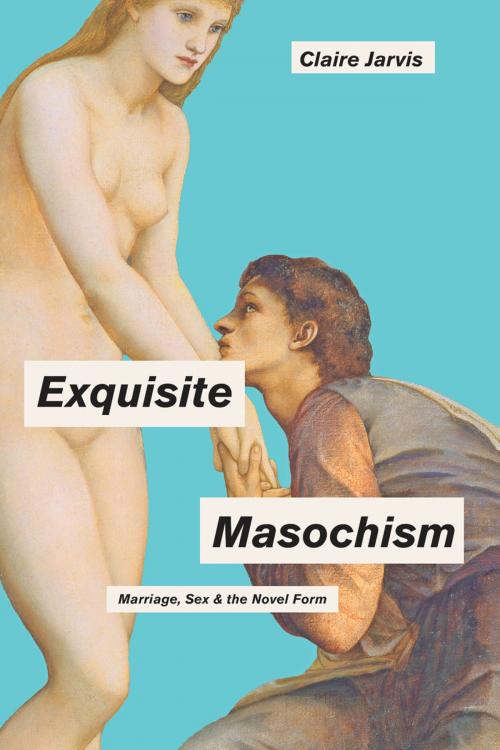Exquisite Masochism
Marriage, Sex, and the Novel Form
Fiction & Literature, Literary Theory & Criticism, British, Theory| Author: | Claire Jarvis | ISBN: | 9781421419947 |
| Publisher: | Johns Hopkins University Press | Publication: | June 15, 2016 |
| Imprint: | Language: | English |
| Author: | Claire Jarvis |
| ISBN: | 9781421419947 |
| Publisher: | Johns Hopkins University Press |
| Publication: | June 15, 2016 |
| Imprint: | |
| Language: | English |
How did realist novelists in the nineteenth and early twentieth centuries hint at sex while maintaining a safe distance from pornography? Metaphors helped: waves, oceans, blooms, and illuminations were all deployed in respectable realist novels to allude to the sexual act, allowing writers to portray companionate marriage while avoiding graphic description. But in Exquisite Masochism, Claire Jarvis argues that some Victorian novelists went even further, pushing formal boundaries by slyly developing scenes of displaced erotic desire to suggest impropriety, perversion, and danger.
Through close readings of canonical works by Emily Brontë, Anthony Trollope, Thomas Hardy, and a modernist outlier, D. H. Lawrence, Jarvis reveals how writers’ varied use of specific character types—the dominant woman and the submissive man—in conjunction with decadent, descriptive scenes of sexual refusal creates a strong counter-narrative hinting at relationships beyond patriarchal and companionate marriage structures. By focusing on the exquisitely masochistic pleasure brought about by freezing, or suspending, the sexual charge, and by depicting quasi-contractual states on the periphery of marriage, including engagement, adultery, and widowhood, novelists disrupted the marriage plot’s insistence that erotic drives remain unfulfilled and that sexual connection could be satisfied only by genital act.
Complicating our understanding of Victorian marriage ideology’s more well-trodden focus on a productive, nation-building ideal, Exquisite Masochism offers fascinating insight into our own culture’s debates around illicit sexuality, marriage, reproduction, and feminism.
How did realist novelists in the nineteenth and early twentieth centuries hint at sex while maintaining a safe distance from pornography? Metaphors helped: waves, oceans, blooms, and illuminations were all deployed in respectable realist novels to allude to the sexual act, allowing writers to portray companionate marriage while avoiding graphic description. But in Exquisite Masochism, Claire Jarvis argues that some Victorian novelists went even further, pushing formal boundaries by slyly developing scenes of displaced erotic desire to suggest impropriety, perversion, and danger.
Through close readings of canonical works by Emily Brontë, Anthony Trollope, Thomas Hardy, and a modernist outlier, D. H. Lawrence, Jarvis reveals how writers’ varied use of specific character types—the dominant woman and the submissive man—in conjunction with decadent, descriptive scenes of sexual refusal creates a strong counter-narrative hinting at relationships beyond patriarchal and companionate marriage structures. By focusing on the exquisitely masochistic pleasure brought about by freezing, or suspending, the sexual charge, and by depicting quasi-contractual states on the periphery of marriage, including engagement, adultery, and widowhood, novelists disrupted the marriage plot’s insistence that erotic drives remain unfulfilled and that sexual connection could be satisfied only by genital act.
Complicating our understanding of Victorian marriage ideology’s more well-trodden focus on a productive, nation-building ideal, Exquisite Masochism offers fascinating insight into our own culture’s debates around illicit sexuality, marriage, reproduction, and feminism.















